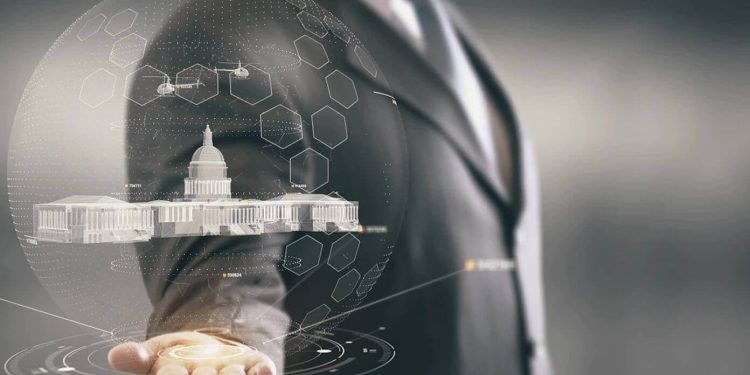Technology has massively transformed the world and in the coming years, it would further bring around changes that could shock many. In major cases, government organizations are having a hard time as some technologies seem to violate the rules.
Policies are to keep things under control, while technology breaks the previously established boundaries of innovation. It’s like witnessing an unknown world – a novel technological order. So, the scenarios that people aren’t familiar with would raise eyebrows among the government policymakers.
To align both is a huge challenge that they would face besides technologists. Like to walk on a tight rope, one small error, they would find themselves on the wrong side.
What common interest do both have to eliminate these obstacles? It’s a tough question given the case technologists and government policymakers are from two entirely different worlds – one following the rules, the other eliminating the eroded technological solutions. The common thing that could bind both is they want to offer a better life to people.
So, the need here is to understand how the other side works. And for that, technologist needs to be a part of the government policymaking process, while these policymakers need to grasp more knowledge on how exactly these solutions work. It would exactly give an idea, where it is necessary to put restrictions. Any unnecessary hindrance could dampen the effort put by scientists and technology geeks who work day and night to find that eureka moment.
Technologists’ role in policymaking
Most technologists give a damn to the policymaking process. They are too engrossed in finding the solution or developing an innovative product that they don’t care what the policymakers have to say about their product or service breaking the age-old traditional working methods. And sometimes it crosses the line set by the government.
For example, some rules state what action a robot can’t do and what it can do. This sparks a debate between the technologists and policymakers, where technologists would state too many restrictions is hampering to harness the real benefits of this wonderful technology. This is true to a certain extent, but they should also understand the viewpoint of policymakers.
Also Read: The Fascinating World of Robotics: How Robots are making Our Lives Better?
For the same reason, it becomes essential that every technologist need to be involved in the policymaking process, to check whether it is feasible in the real-setting world. With this, they can understand, why there are restrictions placed in specific scenarios and align their disruptive technology with the same.
What do policymakers need to see in technology?
Policymakers also need to broaden their outlook towards technology. As most don’t understand the technological nuances, they are wary it could get out of hand causing much damage to the majority of the population.
They need to brush up their knowledge in disruptive technologies as these would become an integral part of society sooner or later. They have to understand how every action of the latest technology be it artificial intelligence, robotics, or others, benefits the general population and won’t create any challenge in long term.
Conclusion
We need to abide by certain social and governance practices and laws. But becoming too orthodox could kill the chances of innovation. Scientists, researchers, engineers work hard to make lives better for people, but specific products seem a threat to society according to government rules.
In such cases, having a precise idea of the current policies could help technologists produce products within the technological norms and reduce friction between the policymakers. They could have a 360-degree view in such scenarios leading to effective policymaking and the right usage of technology.







